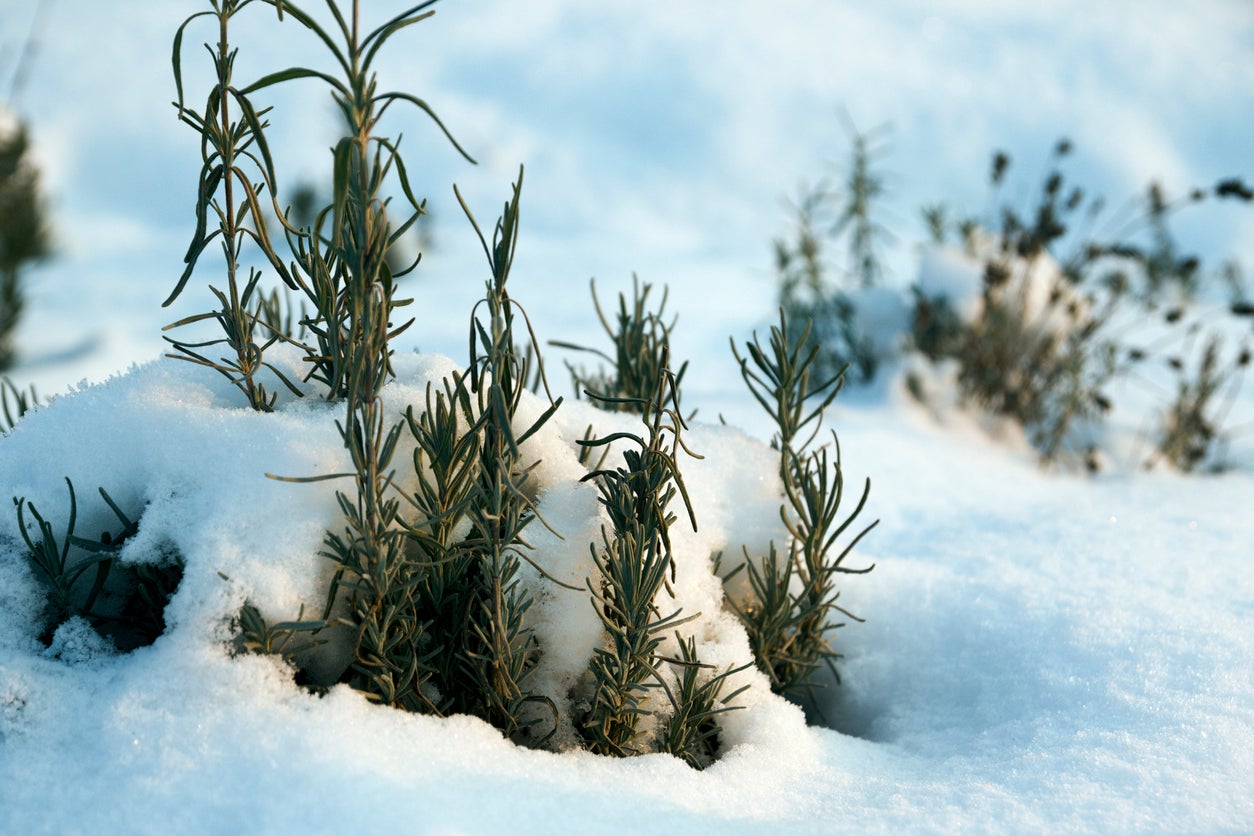Winterizing The Perennial Garden – Tips For Perennial Winter Care


While annual plants live for one glorious season only, the life span of perennials is at least two years and can go much longer. That doesn’t mean you can enjoy perennials summer after summer if you ignore them in winter, however. While those in extremely mild climates can get away with minimal perennial winter care, the rest of us need to think about winterizing the perennial garden. If you are not sure about how to take care of perennials in winter, read on for tips.
About Perennials in Winter
Winter is different in the many regions of the country. In some locations, winter means ice, snow, and freezing winds. In others, it means a slight shift from mild to cooler temperatures in the evenings.
Regardless of where you live, you’ll need to put a little effort into the perennial garden in winter. Otherwise, you may not find your plants healthy and vibrant as spring and summer arrive. Perennial winter care includes trimming dead foliage as well as protecting roots from winter’s worst.
Preparing Perennials for Winter
Many perennial plants die back as fall moves into winter. Preparing perennials for winter cold often starts with pruning back dead leaves and stems.
The foliage of these plants, including peonies, lilies, hostas, and coreopsis, blacken after the freeze. You protect these perennials in winter by cutting back the dead foliage to just a few inches (8 cm.) above the ground.
On the other hand, shrubby perennials don’t like hard pruning in the autumn. Preparing these perennials for winter includes only a light, tidying trim in fall. Save hard pruning until spring. You can, and should, forgo fall pruning for plants like heucheras, liriope, and pulmonaria.
Mulching the Perennial Garden in Winter
Think of winter mulch as a warm blanket you spread over your plant roots. Mulching is an important element of winterizing the perennial garden.
Sign up for the Gardening Know How newsletter today and receive a free copy of our e-book "How to Grow Delicious Tomatoes".
Mulch refers to any type of material you can spread in your garden to provide protection from the cold. Organic materials are best since they enrich the soil as they decompose. Mulching the perennial garden in winter both keeps in winter moisture and insulates the roots.
Spread out a layer of 2 to 5 inches (5-13 cm.) of organic mulching material on the perennial garden in winter. Wait until the ground freezes lightly before applying the mulch.
Don’t neglect irrigation in winter when the weather is dry. Watering at least once a month during dry winters helps the plant to get enough moisture to survive.

Teo Spengler is a master gardener and a docent at the San Francisco Botanical Garden, where she hosts public tours. She has studied horticulture and written about nature, trees, plants, and gardening for more than two decades, following a career as an attorney and legal writer. Her extended family includes some 30 houseplants and hundreds of outdoor plants, including 250 trees, which are her main passion. Spengler currently splits her life between San Francisco and the French Basque Country, though she was raised in Alaska, giving her experience of gardening in a range of climates.